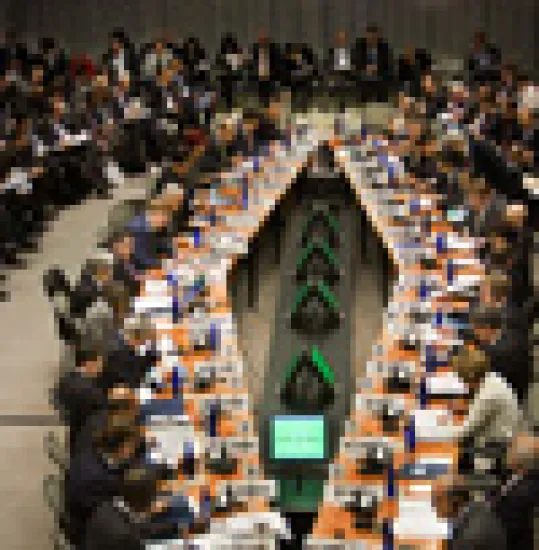June 1995 — Several months after Mexico’s December 1994 devaluation and International Monetary Fund–U.S. bailout, arguably the first major crisis of global capitalism, officials at the spring meeting of the IMF considered ways to bolster the financial system. In “Can They Really Build a New Monetary Order?”, Institutional Investor reported how the Fund’s then-boss, Michel Camdessus, won $29 billion in new resources from member governments. The money was extended through a special financing vehicle rather than a regular quota increase — a tactic that, II explained, left major nations, led by the U.S., very much in control at the Fund. Fast forward to last month, when member governments attending another IMF spring meeting agreed to accelerate efforts to boost the Fund’s resources by $750 billion. The political dynamic was very different this time, though. Reserve-rich developing countries, led by China, used their clout to push their own agenda. They agreed to extend short-term rather than permanent loans to the Fund, a way to boost their leverage inside the institution. Just as crucial, considering that many countries blame the U.S. for today’s crisis, they won a commitment for the IMF to monitor the U.S. financial system for the first time.





